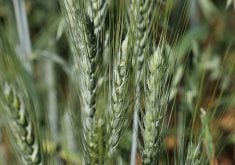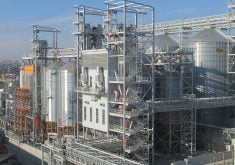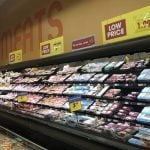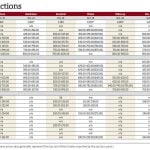What goes up must come down, and cattle markets are no different this fall.
“We have seen some significant changes. This year we probably have lost $70 per hundredweight on our calf prices,” Brian Perillat, senior market analyst for Canfax, told the Alberta Beef Producers annual meeting in Calgary Dec. 9.
“We lost a lot more dollars this fall from our spring highs to our fall low.”
U.S. markets peaked in November 2014 and have been trending downward ever since, while Canadian prices have just started to fall from a high of $330 per cwt. for calves in April.
Read Also
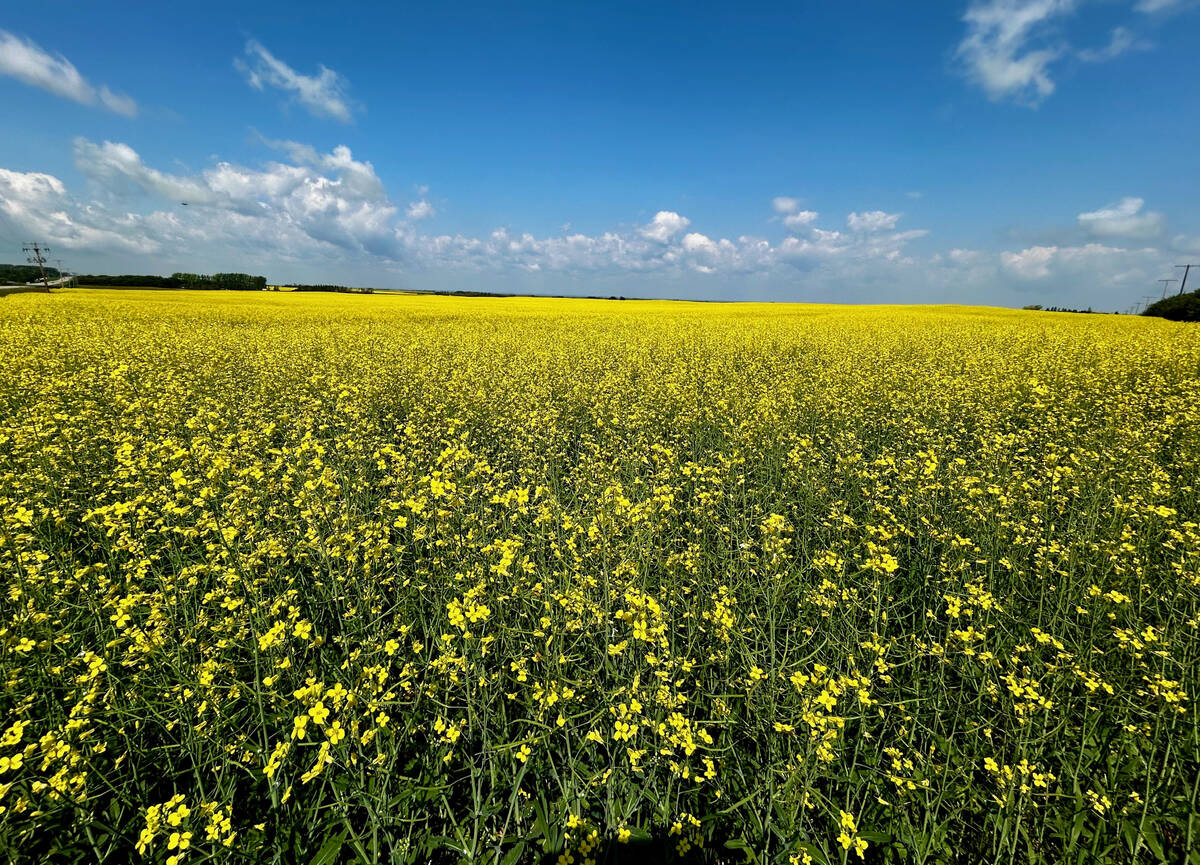
Pakistan reopens its doors to Canadian canola
Pakistan reopens its doors to Canadian canola after a three-year hiatus.
“A few years ago we talked about $2 (per pound) calves being exciting. It was a phenomenal run-up in prices,” he said.
“This correction is the biggest of all time in terms of dollar values.”
Substantial herd expansion is expected in the United States in the coming year, which will result in more cattle to fill the system from the feedlots to the packing sector.
U.S. cow slaughter is 32 percent below the five year average, and heifers sales are 22 percent below the five year average.
This indicates more breeding stock will be on hand in 2016.
There has been a shift from some of the tightest cattle and beef supplies in history in North America. More beef will be on the market as herds grow.
Meanwhile, poultry supplies continue to grow, and U.S. pork production could surpass beef production for the first time since 1952.
It’s a different story in Canada, where cow slaughter has slowed but young females are not being retained for breeding because they still earn more at the auction market.
“The real expansion factor is that we are not keeping any more heifers. The drought impacted this quite a bit, but realistically we need to keep 800,000 heifers rather than 600,000 heifers across Canada,” Perillat said.
“We cannot expand the herd by killing less cows.”
Profitability has remained strong for the cow-calf sector, but others are not performing as well.
Feedlots paid a lot for calves and are now losing substantial amounts of money on fattened cattle after enjoying a solid run of profits for 18 months. The sector took a downturn this fall, and losses are approaching $300 per head if no risk management was in place.
However, Canada is not exporting live cattle so feedlots can place them here and keep processing plants running.
“The biggest market driver in Canada has absolutely been the Canadian dollar,” he said.
“For every cent movement in the dollar, you can add five cents to calf prices.”
The herd is smaller and less beef should be produced, but the shortfall is being made up with record sized carcasses.
The average Canadian steer carcass reached 915 pounds last year, and this year it was more than 950 lb. Steer slaughter is down seven percent, but beef production is down only three percent because carcasses are so much heavier.
Big cattle alter the grading results. The number of AAA grade cattle increased but the yield grades are down because the cattle are fatter. That extra fat is of low value, but feedlots are paid by the pound, so it is one way to make money.
“Putting on weight is cheaper than buying new calves,” he said.







